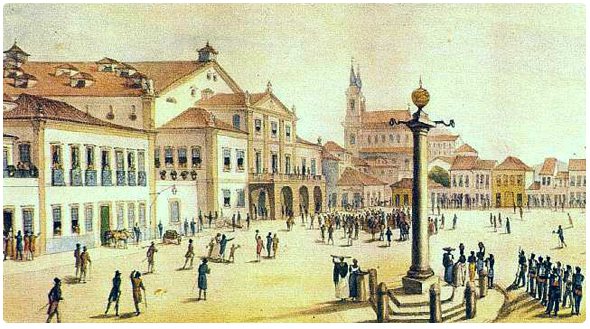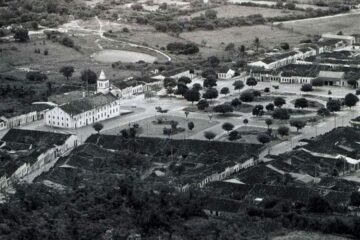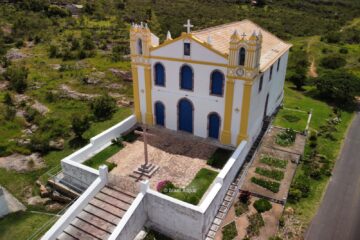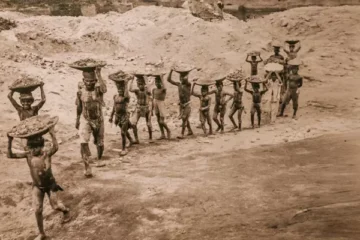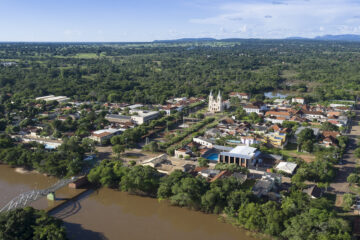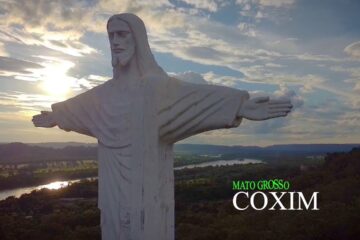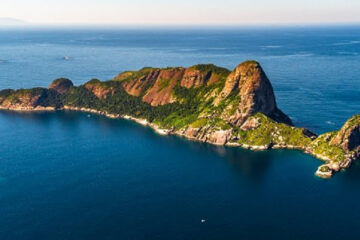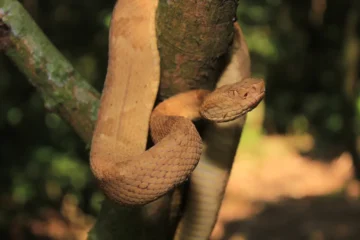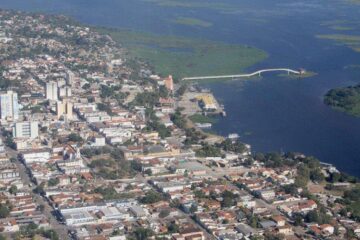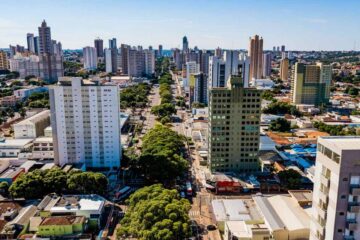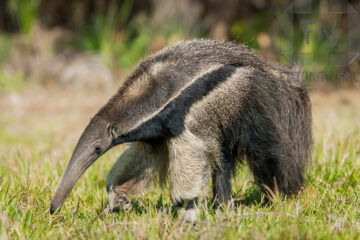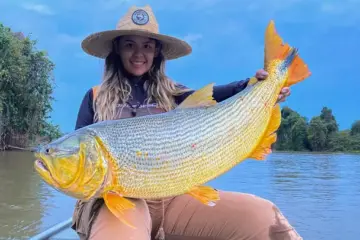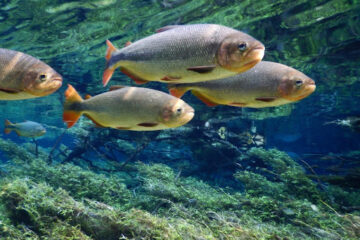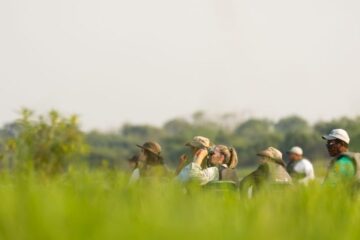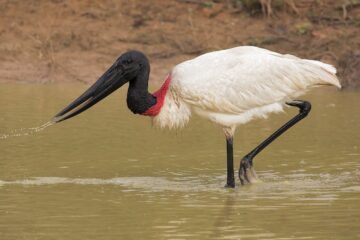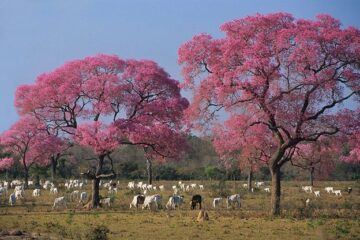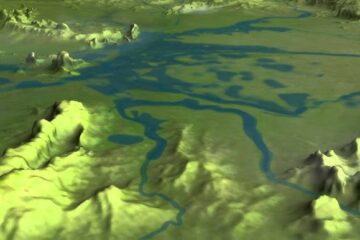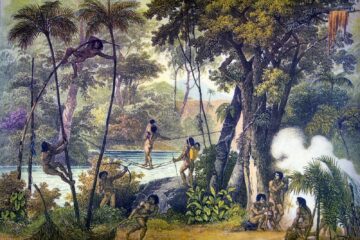The architectural complex of the town of Monte Santo in Bahia has great scenic and symbolic beauty, combining natural and cultural heritage, and is one of the greatest landmarks of religious movements in the Northeast – one of Brazil’s “montes sacros” (holy mountains, a place of devotion located on the […]
Culture, History and Religion in the Northeast
Bahia, Salvador and the Northeast has a very diverse culture, history and religion and architecture within Brazil and has the most typical popular cultural manifestations as well as music.
Northeastern culture
Northeastern culture is quite diverse as it has been influenced by indigenous, African and European people. Customs and traditions often vary from state to state.
As the North-East was the first region effectively colonised by the Portuguese, back in the 16th century, who found the native populations there and were accompanied by Africans brought as slaves, the North-East culture is quite particular and typical, although extremely varied.
It is Luso-Brazilian based, with strong African influences, especially on the coast from Pernambuco to Bahia and in Maranhão, and Amerindian, especially in the semi-arid sertão
The cultural wealth of the north-east region is visible beyond its folkloric and popular manifestations.
Literature from the Northeast has made a great contribution to the Brazilian literary scene, with names such as João Cabral de Melo Neto, José de Alencar, Jorge Amado, Nelson Rodrigues, Rachel de Queiroz, Gregório de Matos, Clarice Lispector, Graciliano Ramos, Ferreira Gullar and Manuel Bandeira, among many others, standing out.
Northeastern Literature and Music
In the literature of the Northeast we can mention the popular cordel literature which dates back to the colonial period (cordel literature came with the Portuguese and has its origins in the European Middle Ages) and numerous artistic manifestations of a popular nature which manifest themselves orally, such as the singers of repentes and embolada.
Afoxé Filhos de Gandhy, in Salvador, Bahia.
In classical music, Alberto Nepomuceno and Paurillo Barroso stand out as composers, as does Liduíno Pitombeira from Ceará, and Eleazar de Carvalho as a maestro.
Northeastern rhythms, songs and melodies also inspired composers like Heitor Villa-Lobos (whose Brazilian Bachiana No. 5, for example, in its second part – Dança do Martelo – alludes to the backlands of Cariri).
In the popular music of the North-East, rhythms such as coco, xaxado, agalopado martelo, samba de roda, baião, xote, forró, Axé and frevo, among others, stand out.
The Armorial movement in Recife, inspired by Ariano Suassuna, did an erudite job of valuing this popular Northeastern rhythmic heritage (one of its best-known exponents is the singer Antônio Nóbrega).
Nordestine Dance
Dance in the North-East includes maracatu, practised in various parts of the North-East, frevo (characteristic of Pernambuco), bumba-meu-boi, xaxado, various variants of forró, tambor-de-crioula (characteristic of Maranhão), etc.
The folk songs are almost always accompanied by dances.
Northeastern handicrafts
Handicrafts in the Northeast are also a relevant part of the cultural production of the Northeast, and are even the livelihood of thousands of people throughout the region.
Due to the regional variety of handicraft traditions, it is difficult to characterise them all, but the highlights are the hammocks woven and, sometimes, embroidered with many details; the products made in clay, wood (for example, from the carnauba, a typical tree from the sertão) and leather, with very particular features; as well as the lace, which has gained prominence in the handicraft of Ceará.
Another highlight are the bottles with images made manually in coloured sand, an article produced for sale to tourists. In Maranhão, handicrafts made from buriti fibre (a palm tree) stand out, as do handicrafts and products made from babaçu (a palm tree native to Maranhão).
Caboclinho de lança of the Rural Maracatu. The spear caboclo is one of the symbols of Pernambuco culture.
Northeast Brazilian cuisine
The cuisine of the Northeast is varied, reflecting, almost always, the economic and productive conditions of the various geo-economic landscapes of this region.
Seafood and fish are widely used in the cuisine of the coast, while in the sertão, recipes using meat and derivatives of cattle, goats and sheep predominate. Even so, there are several regional differences, both in the variety of dishes and the way they are prepared (for example, in Ceará, there is mostly mugunzá – also called macunzá or mucunzá – salty, while in Pernambuco, sweet predominates).
In Bahia, the main dishes are those made with dendê oil and shrimp, such as moquecas, vatapá, acarajé and bobós; however, foods accompanied by pirão, such as mocotó and rabada, and sweets like cocada, are no less appreciated.
In Maranhão, the highlights are cuxá, cuxá rice, bobó, stone fish and shrimp pie, all in the Maranhão style.
Also in Maranhão, the soft drink Jesus or Guaraná Jesus is a Maranhão heritage.
The bolo-de-rolo is the intangible heritage of Pernambuco. Some typical foods of the region are: the baião-de-dois, the carne-de-sol, the queijo de coalho, the vatapá, the acarajé, the panelada and the buchada, the canjica, the feijão and arroz de coco, the feijão verde and the sururu, as well as several sweets made of papaya, pumpkin, orange, etc. Some regional fruits – not necessarily native to the region – are ciriguela, cajá, buriti, cajarana, umbu, macaúba, the Maranhão fruits juçara, bacuri, cupuaçu, buriti, murici and pitomba, besides others also common in other regions.
Northeastern Culture
Culture, History and Religion in Salvador, Bahia and the Brazilian Northeast
European Architecture – Chronology, Styles and Characteristics
European architecture has had several architectural styles that have changed slowly over the centuries. Unlike other styles, such as fashion or furniture design, building styles change much more slowly over the centuries. However, the architectural style of a building can also tell us its time of origin. Chronology of European […]
Tourist attractions in the Northeast
The immense coastline of the Northeast region of Brazil is the main factor contributing to local tourism. The beaches in the northeast are beautiful, many untouched, comparable only to those in the Caribbean, and place the northeast among the world’s major tourist routes. Millions of tourists arrive at the northeast’s […]
Northeastern Cuisine
Northeastern cuisine has been directly influenced by the socio-economic factors of the region. The dishes have characteristics of Portuguese cuisine, known during the colonial period; African culture, absorbed at the time of slavery; and indigenous food, inherited from the native population. The recipes generally include vegetables, beef and goat meat, […]
Rhythms of Northeastern Music
Northeastern music includes rhythms such as coco, xaxado, martelo agalopado, samba de roda, baião, xote, forró, Axé and frevo, among other rhythms. The armorial movement in Recife, inspired by Ariano Suassuna, did an erudite job of valuing this popular rhythmic heritage from the northeast (one of its best-known exponents is […]
Northeastern Culture
Northeastern culture is very diverse, as it has been influenced by indigenous peoples, Africans and Europeans. Customs and traditions often vary from state to state. Having been the first region to be effectively colonized by the Portuguese, back in the 16th century, who encountered the native populations there and were […]
Paintings showing the main moments in Brazil’s history
From the arrival of the Portuguese colonizers in 1500 until Brazil’s independence, many important events marked the history of Brazil. The historical events were recorded by the works of art of painters Oscar Pereira da Silva, Victor Meirelles, Jean-Baptiste Debret, Manuel José de Araújo and Pedro Américo. Main historical facts […]
Biography of Victor Meirelles and analysis of the work “The First Mass in Brazil”
The first mass in Brazil, held on April 26, 1500, just four days after the Portuguese landed in Porto Seguro, was depicted by Victor Meirelles between 1859 and 1861, while the artist was living in Paris. The painting was inspired by the letter written by Pero Vaz de Caminha to […]
Jean-Baptiste Debret’s Biography and Works
Jean-Baptiste Debret (b. 1768; died 1848), French painter. Under the leadership of Joachim Lebreton (1760-1819), secretary of the fine arts class at the French Institute, Debret left his country in 1816 and went to Rio de Janeiro with the French group known as the French Artistic Mission, which had been […]
History of Baroque Architecture in Northeast Brazil and Minas Gerais
Baroque architecture is an important part of Western history and has unique characteristics that marked the urbanisation of Europe and are also present in Brazil. The first signs of Baroque architecture can be found in works from the early 16th century, but it wasn’t until the end of this period […]
Indigenous peoples of Bahia – History
When the Portuguese colonisers arrived in the south of Bahia in 1500, the Brazilian coastal lands were occupied by Tupi Guarani Indians. On the coast of Bahia, two large groups of the Tupi nation predominated: tupiniquins and tupinambás. The first group, the Tupiniquins, inhabited the strip from Camamu to Espírito […]
History of Bahia in colonization, empire and republic
The history of Bahia began with the arrival of the Portuguese in Porto Seguro and then with colonization, the empire and the republic. The official history of Brazil began in Bahia; history records that the discoverer, Pedro Álvares Cabral, landed on the shores of the region where Porto Seguro is today, on […]
Folk Art of Northeast Brazil
The Folk Art of Northeast Brazil of Brazil reflects the extension of its territory and the diversity of its culture and some types of work are found, with small variations, in all states. While relying on tradition, the popular art of the Northeast discovers new languages, techniques and materials: the […]
Lampião is a controversial figure in Brazilian history
A visionary, fearless and intelligent warrior. No one denies Lampião’s virtues. Now researchers are questioning the true historical role of Virgulino Ferreira. by Lira Neto They made murder a macabre ritual. The long dagger, up to 80 centimeters long, was thrust with a sharp blow into the base of the […]
Biography of Graciliano Ramos
Graciliano Ramos marked Brazilian literature with works that portray the life of the northeastern man in the sertão. The writer was part of the 2nd phase of modernism, which had regionalism as its main characteristic. Raquel de Queiroz, Jorge Amado and José Lins do Rego were some authors who shared […]
Subsoil of the northeastern hinterland has emeralds and archaeological discoveries
The subsoil of the northeastern hinterland is mined for emeralds up to 150 meters and in natural caves, where researchers have found fossils. The subsoil of the northeastern hinterland holds many treasures. Among them are the emeralds that are taken from mines that reach 150 meters deep. There are also […]











